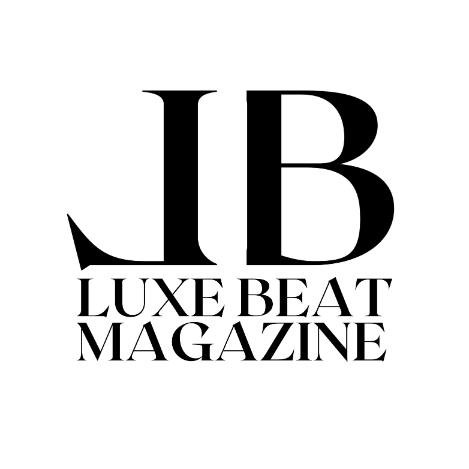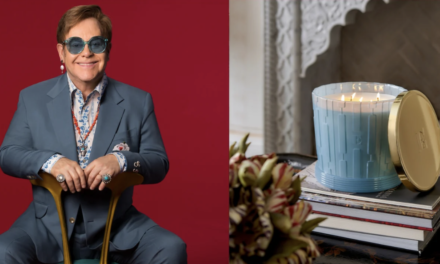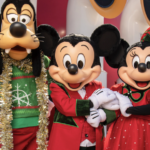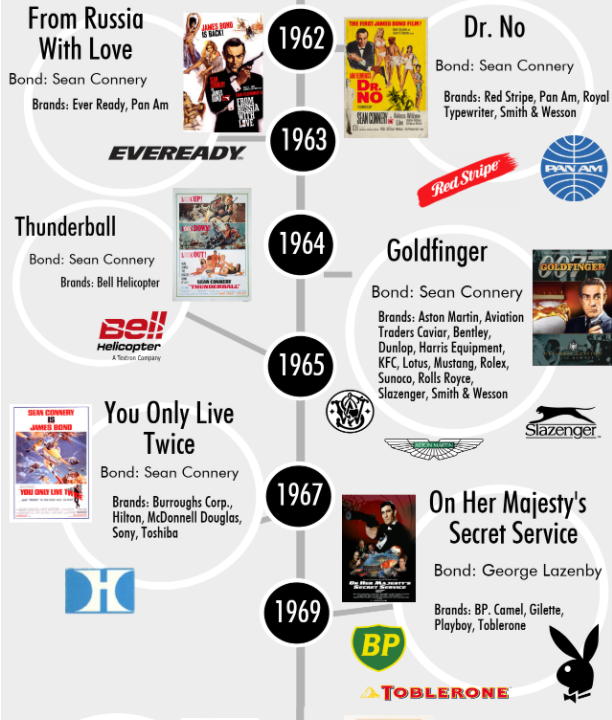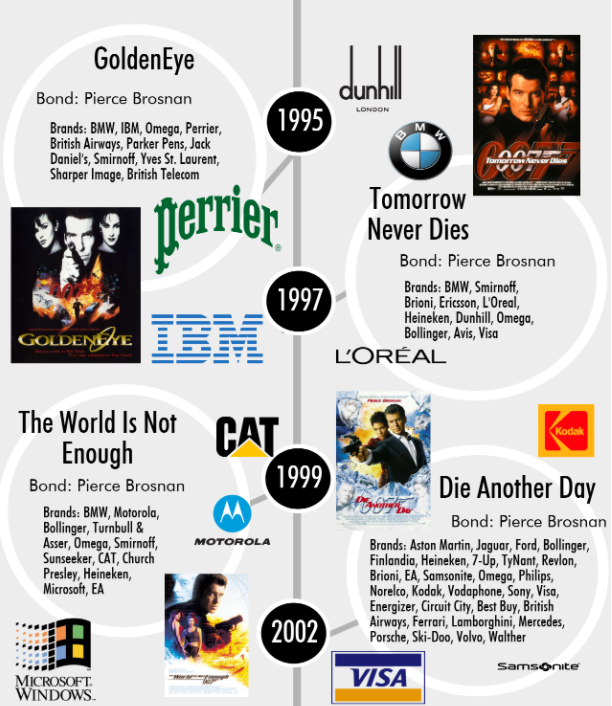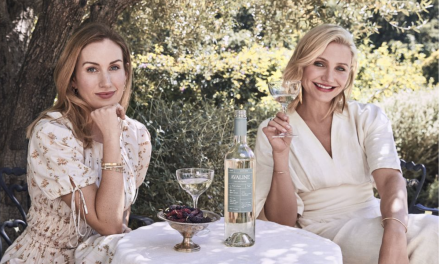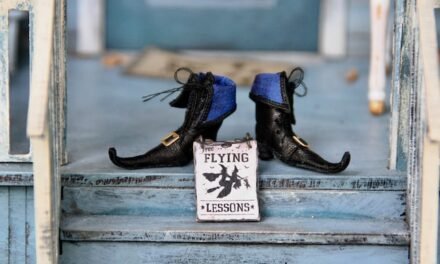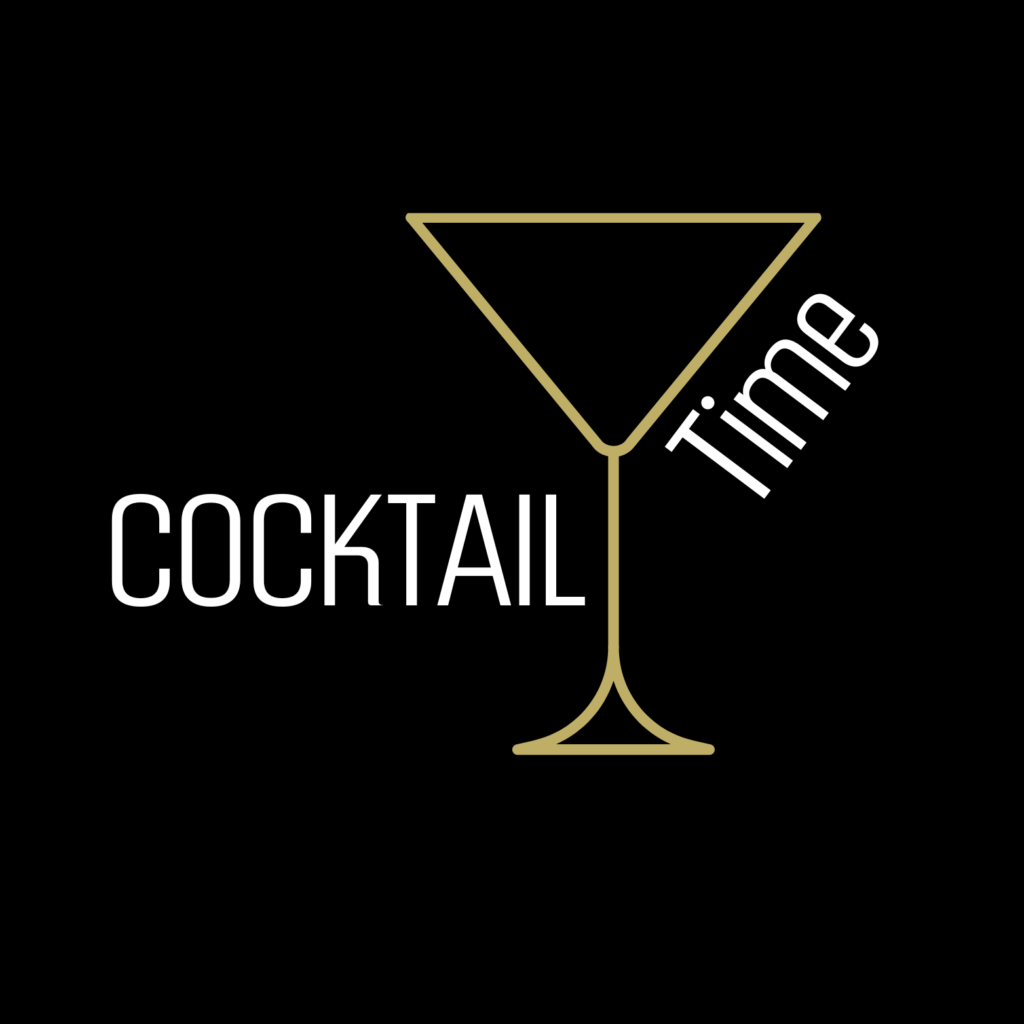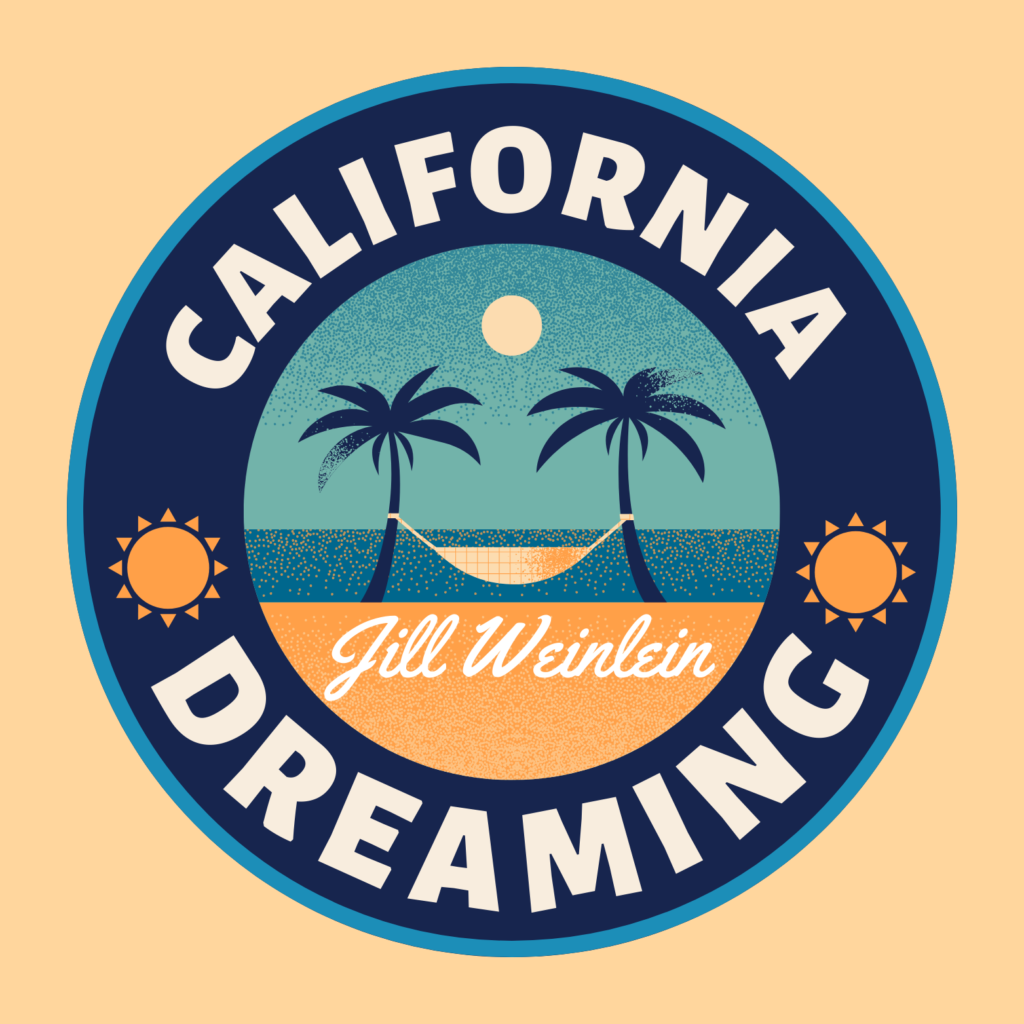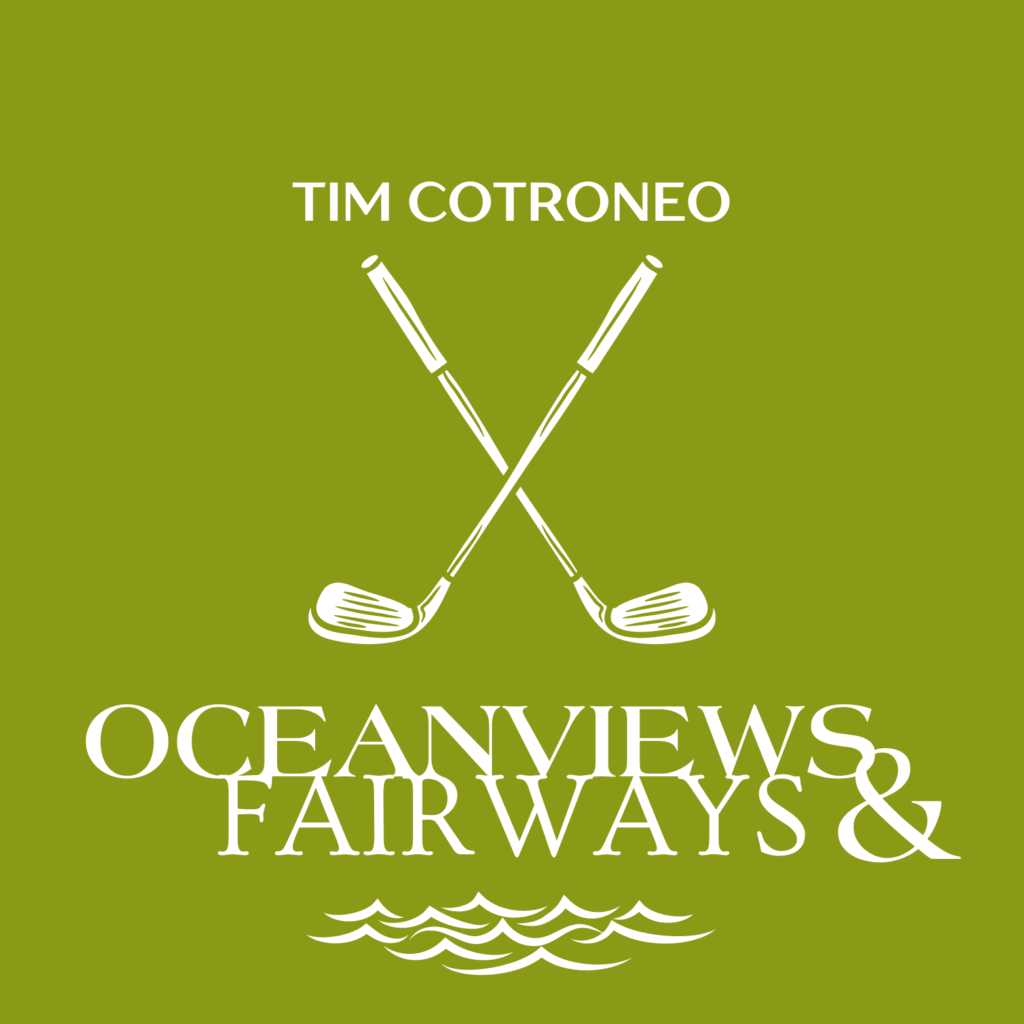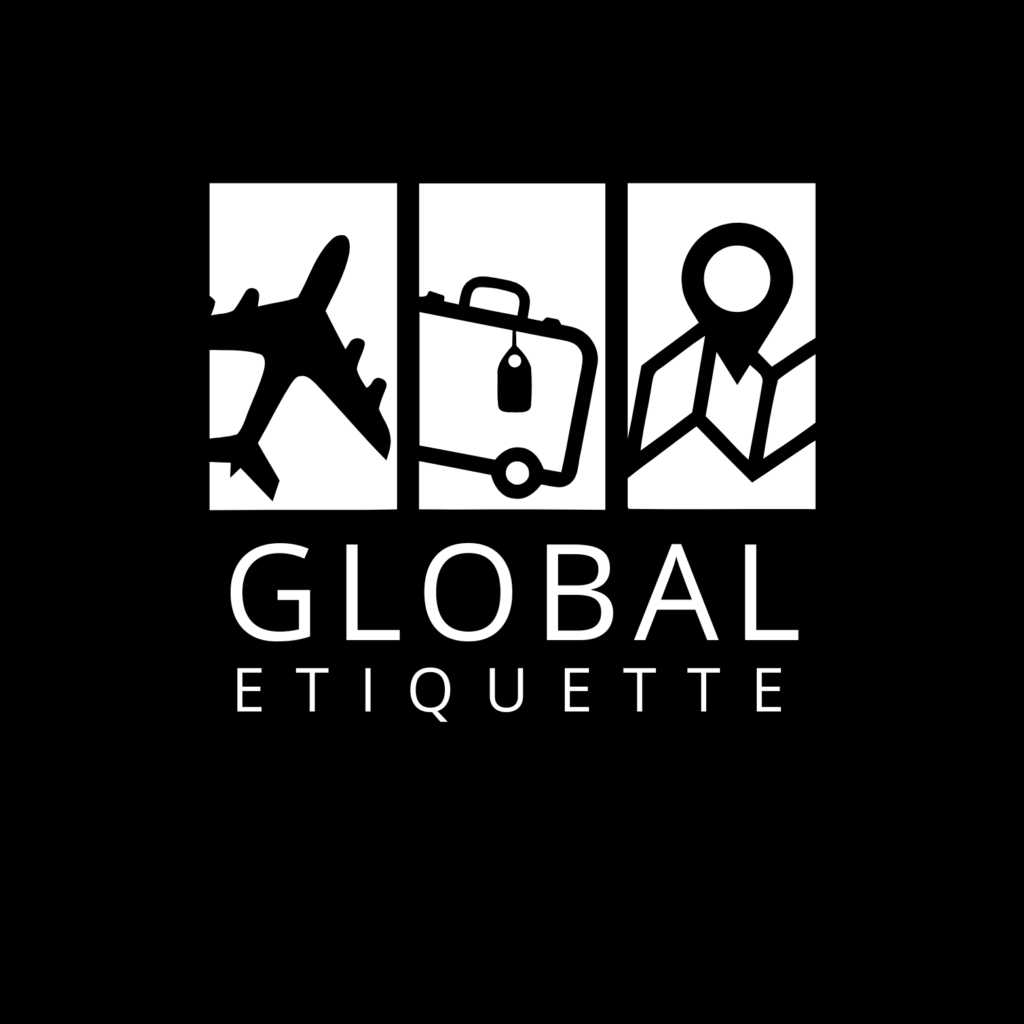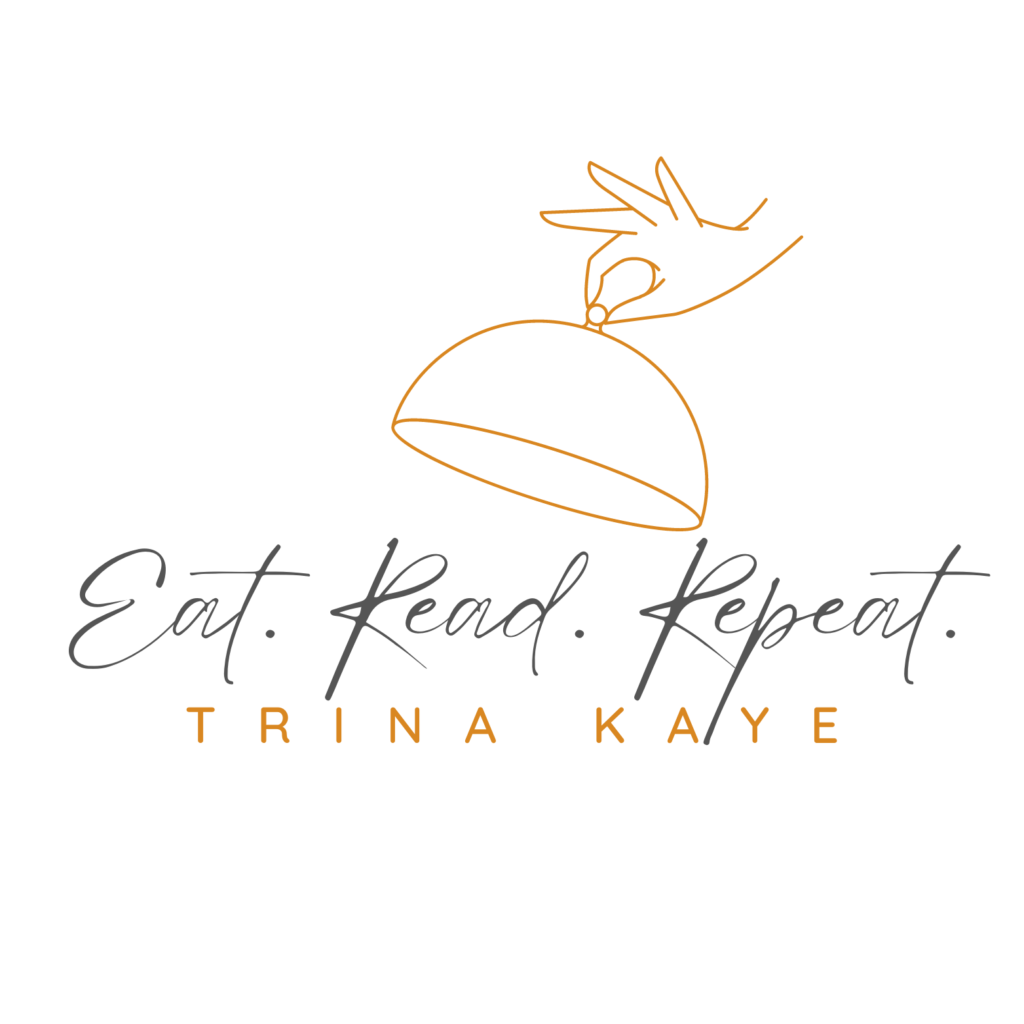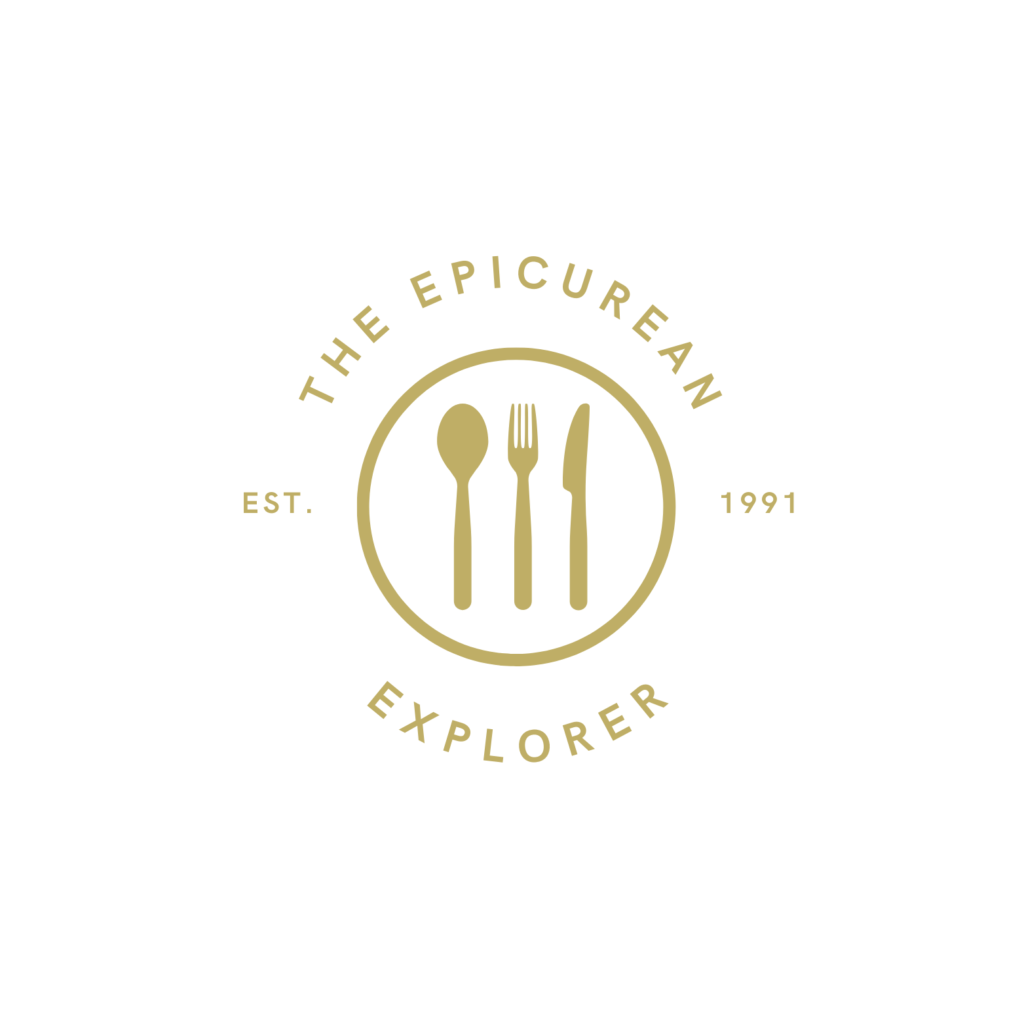
Hollywood’s Lorenzo Rusin Weighs In on Bond Film Brand Integration

If you are a fan of James Bond, the king of luxury and mystery actually sets the tone for a perfect case study when we talk about product placement. Since Sean Connery first stepped into the 007 secret agent role in Dr. No (1962), product placement has been instrumental to the success and technological “wow” in the franchise. But even before the films, the James Bond novels were filled with brands, not limited to Gordon’s Gin, Moreland Cigarettes, and Bentley.
It’s certain that James Bond wouldn’t exist today the way it does, but for product placement. And why you ask? Bond and the brands are inseparable, most notably the famous Aston Martin placement. Hollywood Branded put together an infographic that puts everything into perspective.
The Audi Case Study
“Four rings on any Audi represents the pride of any owner.”
Arguably, this quote is one of the most powerful branding quotes out there, not to knock on Nike, but there’s something truly remarkable about the way in which Audi has branded itself over the years, primarily to the Gen-Z and Millennial demographic.
Audi, the German automaker known for producing lavish, fun-to-drive vehicles–all of which have the iconic Four-Ring silver badge on the vehicle grilles, represents the most important part of any brand: its origins. Think about it, the Four-Ring Logo is symbolic because it chose to forever immortalize its four founding companies: The Audi, DKW, Horch, and Wanderer.
In 1909, Audi’s first logo was established, simply as an upside-down triangle with a #1 on top of it. When the merger of The Audi, DKW, Horch, and Wanderer occurred in 1932, the Auto Union emblem changed to four interlocking, overlapping rings–each containing the logo of a participating brand.
In 1966, Audi became a Volkswagen subsidiary, and in 1985, the Audi name took over. Over time, the individual company logos disappeared, leaving four sharp, rings of three-dimensional, polished chrome, that resembles modern sophistication and power.
But why is this significant, considering this article has nothing to do with automobiles? The fundamental question of how to properly create, grow, and manage a brand today in our digital age is one that major companies and brands still find challenging, especially in today’s evolving entertainment landscape.
Remember when that Starbucks cup randomly appeared in the “The Last of the Starks” episode of Game of Thrones, sparking a viral Internet sensation of misplaced branding…literally?
How about that fancy belt Will Smith wore in Bad Boys 4? Or the eyewear that Al Pacino wore throughout The Irishman.
You see, behind every brand and product, we see in film and TV, lies a contract. And behind each of these contracts, is an executive negotiating on behalf of these high-end brands to place them into films like The Irishman, Bad Boys 4, and other films. And these individuals who are responsible for ensuring we see the most luxurious, hippest, technologically booming brands, are often behind-the-scenes, under-appreciated.
We spoke with Lorenzo Rusin, an Italian Hollywood film agent who represents high-end luxury brands.
Rather than representing people like a traditional film agent, Rusin is behind-the-scenes, but has worked in the industry for more than 20-years, placing brands into films and TV shows. He’s the guy you want putting those luxurious and exotic vehicles, eyewear, and other products in cinematography. Known for his work on Beverly Hills Cop 4, Terminator: Dark Fate, and Bad Boys for Life, Rusin, 53, is currently working on Coming 2 America with Eddie Murphy, and 007: No Time to Die.
From ensuring NDAs are signed, scripts are delivered and torn apart, brand identification & association, and the final pitch to clients, the brand placement process is quite sophisticated and detail-oriented. And certainly, COVID-19 hasn’t helped accelerate the industry in continuing to push out quality works out, given the very many constraints and restrictions that social distancing and quarantining require.
Traditionally, the producers/writers would send you the script through snail mail, Rusin explains. “Once we receive the script, it is immediately delivered to my team so they can read it and break it down into parts/segments for product and service identification.” This leads to Rusin’s team reading and breaking down the script. “When reading and breaking down the script, we are identifying segments which could be associated with a particular brand(s). In a situation where we are identifying scenes with clear placement opportunity, but are not associated with a client I represent, I will then reach out to my network to offer them a potential placement opportunity.”
Rusin’s biggest role is helping persuade production companies what the product is, and why the brand being presented to them for association, is the most appropriate. However, with today’s digital age, we now have specialized software in which we are able to receive and view the script, digitally. While every production company operates differently, there are always NDA’s in place to protect all parties.
“We all hope that this pandemic will be over soon, because like everyone else, I also miss the human contacts which my job often requires me being on the movie set,” Rusin said. “From my twenty-years in this business, I know many people, ranging from actors and actresses, to cameramen and directors. I think it’s very important for people to be together, and during this time, the biggest change is having to wear masks, briefly shaking hands, and of course, washing hands immediately after. That was the biggest change for Los Angeles.”
But while the industry has changed significantly, Rusin’s day-to-day hasn’t. “I always operate on the same mental alarm clock. As you know, I live in Los Angeles, but travel often. Even when I travel, I appreciate that consistency with my clients, contacts, and colleagues. I’m on the phone frequently, and I like to talk on the phone, preferably over speaking via text message and email.”
Rusin attributes his love for product placement to the ability to get creative. “I’m a very motivated person, which is why I love doing what I do. I like to see the end-result of my ideas come together in the final work.” The world in which Rusin lives in, has changed completely. “The world itself has changed completely,” he emphasized.
“There have been many frustrations with our infrastructure since the Internet came to be, but the world is much smaller than it used to be. And why? It’s unified. Everything that is happening now, is happening all over the world. I always tell people, that if every country had their own production company and local talent, they wouldn’t branch out. Now, they do. The majority of music and movie consumption is very similar today, thanks to companies like Apple, Google, and Samsung.”
The Future of Streaming: Good or Bad?
The future of streaming services is very difficult to predict, because of where consumers are finding themselves right now in the marketplace. Remember back to when cable began to phase out, and we as consumers had the ability to be in complete control of our content? Netflix and Hulu were the two platforms that made that possible, allowing us to efficiently “cut the cable.”
However, due to the increasingly evolving nature of the internet, digital streaming services have emerged at a rate faster than we can keep up with. When Disney+ came out, it dominated the marketplace, and still does, arguably. But then, the battle for streaming rights came into the equation, forcing TV providers to make a tough decision. Cough up a shit ton of money for streaming rights, or create their own individualized streaming platform to house its own licensed content.
So, we went from wanting to “cut the cord”, to enjoying the fruits of what it means to cherry pick the stations and content we like, to now right back where we started. How many streaming platforms are there now?
YouTube TV, SlingTV, Hulu, Apple TV+, CBS All Access, Disney+, Amazon Prime Video, HBOMax, HBONow, Paramount+, Hulu+, NBC’s Peacock, Showtime, Epix Now, Starz–and that’s not even the independently niche platforms, like AMC’s Shudder, which allows viewers to stream the original Halloween film. So, we’re essentially right back where we started, but this time, we are paying even more just to have all the channels we want.
Of course, this shift to the ever-growing list of streaming platforms affects executives’ abilities, like Rusin, to more quickly negotiate successful brand placements.
“It’s a very good question to ask, but it’s not whether it’s easier or more difficult to me. It’s easier for the company, because now they can have a faster return on their investment. In Italy, there are 60 million people, with a huge market for movies. We have our own in-country streaming services, with our own Italian production companies. But with COVID-19, consumers right now are sitting at home, demanding to see films.
So, what are they doing? They look for substitute or alternative platforms, like Apple, Disney, Netflix and in some cases now, actually will buy the option to view the movie for a one-time fee, or purchase the film, like Mulan, at a marked-up rate, just to see the content early. In streaming itself, productions like Netflix are faster, because usually you shoot a movie and in 2-3 months it’s out. But for bigger productions in consideration for theatrical distribution, it’s completely different, and sometimes even takes two years for the film to be seen. And for the product itself, where companies are looking to launch their brands through these works, commonly referred to as ‘brand integration,’ it’s historically been much slower. That has of course changed with the pandemic. Now, companies and brands are able to work with production companies much faster. So, if I represent a company, before we may have only been able to integrate into two movies previously, now we can do five movies per year, because we are framing these faster returns. It’s even better to invest into these platforms as brands.”
Rusin also says that when it comes to the advantages that his clients and brands actually see with the end-result, there are many layers. He referenced Apple’s years worth of storefront growth as an example, but making clear that the tech giant is not a client of his.
“I’ve seen only five or six storefronts in the past few months in the luxury market,” Rusin explained. “In a few years, they decided to expand the stores, making them bigger, removing the counters, and improving the Genius Bar through personal appointments. Now, Apple is probably thinking that it may not need to have the big stores anymore, and have many smaller stores throughout the world, while focusing on its global online store. With other clients and luxury items, their model is now online, which is a completely different investment. At the same time, I usually deal with the marketing department, and sometimes the CEO. But, right now, marketing is looking to better integrate their products and provide online marketplaces. Now, the trend is where the person is buying a luxury item online. Now the product placement is the actor themselves buying the actual product online.”
The Hollywood executive also says that the current landscape presents ongoing issues for brands and advertisers. For example, if we are talking about the ongoing delay of the new Bond film, advertisers are concerned that the film may end up featuring outdated product placements. The 25th film in the Bond franchise was originally due to release in April 2020 but was delayed to November last year after the pandemic forced cinemas around the world to close. The film was subsequently delayed to April 2021, and then to October 2021.
“Some of those things were the very latest models back when they started filming” a source told The Sun, “but by the time the movie comes out now, it will look like Daniel Craig and all of the other cast members are carrying something that has been out for ages. That isn’t really the point of these deals.” Although the film will reportedly feature Omega watches, Bollinger champagne, and Adidas footwear, it seems likely that HMD Global’s Nokia phones are at risk of dating most quickly. HMD Global announced last year that the film would include its Nokia 8.3 5G from last year, and TechRadar reports that the film is also set to include the Nokia 7.2, which was first released in 2019.
The Sun reports that the movie could face reshoots to hide its outdated products, and quotes a source as saying that some scenes may be ‘carefully edited’.
“The big tech firms want the stars to have all the new up-and-coming products to help promote them and sell them to fans,” the source tells The Sun. “It means some of the scenes are going to have to be very carefully edited and looked at to bring things up to date.”
As the film industry continues to evolve and overcome the challenges COVID-19 has presented, the ways in which brands are introduced, integrated, and marketed by the film and the talent themselves, will certainly be more diverse. It’s only fair to assume that with films like 007 and Coming 2 America will be flush with pretty sweet integrations.
